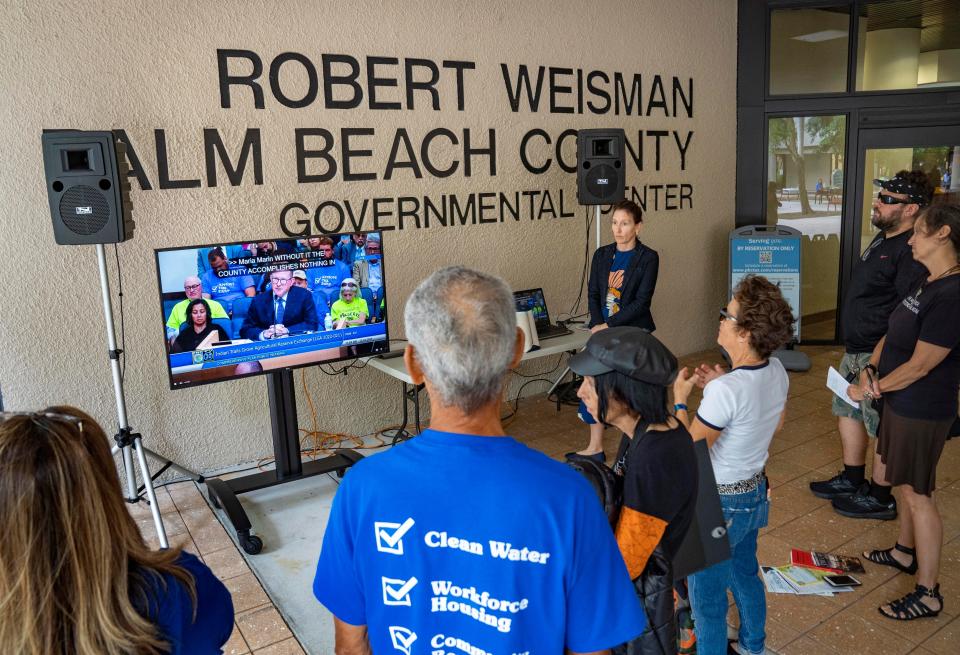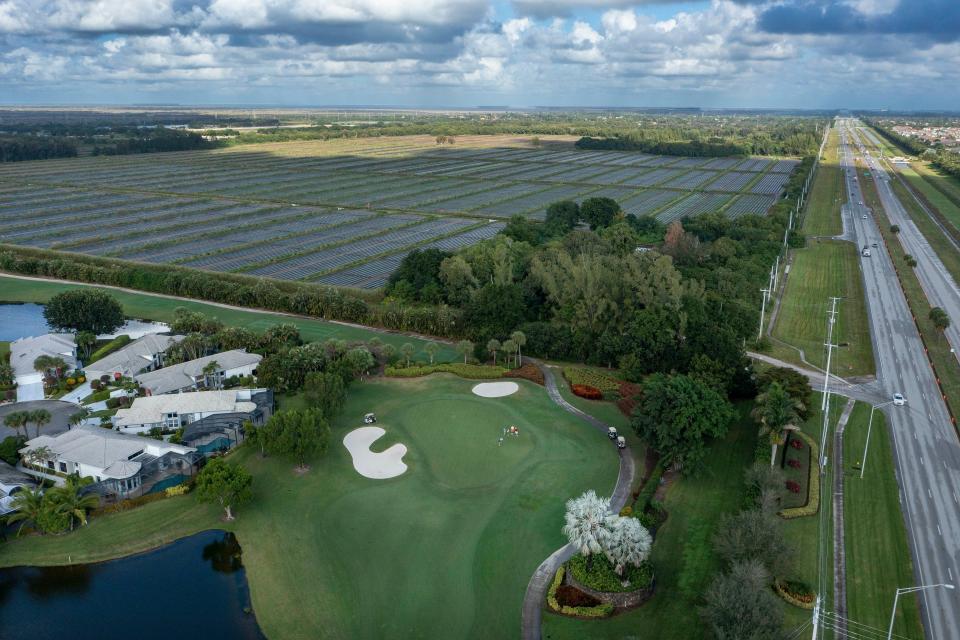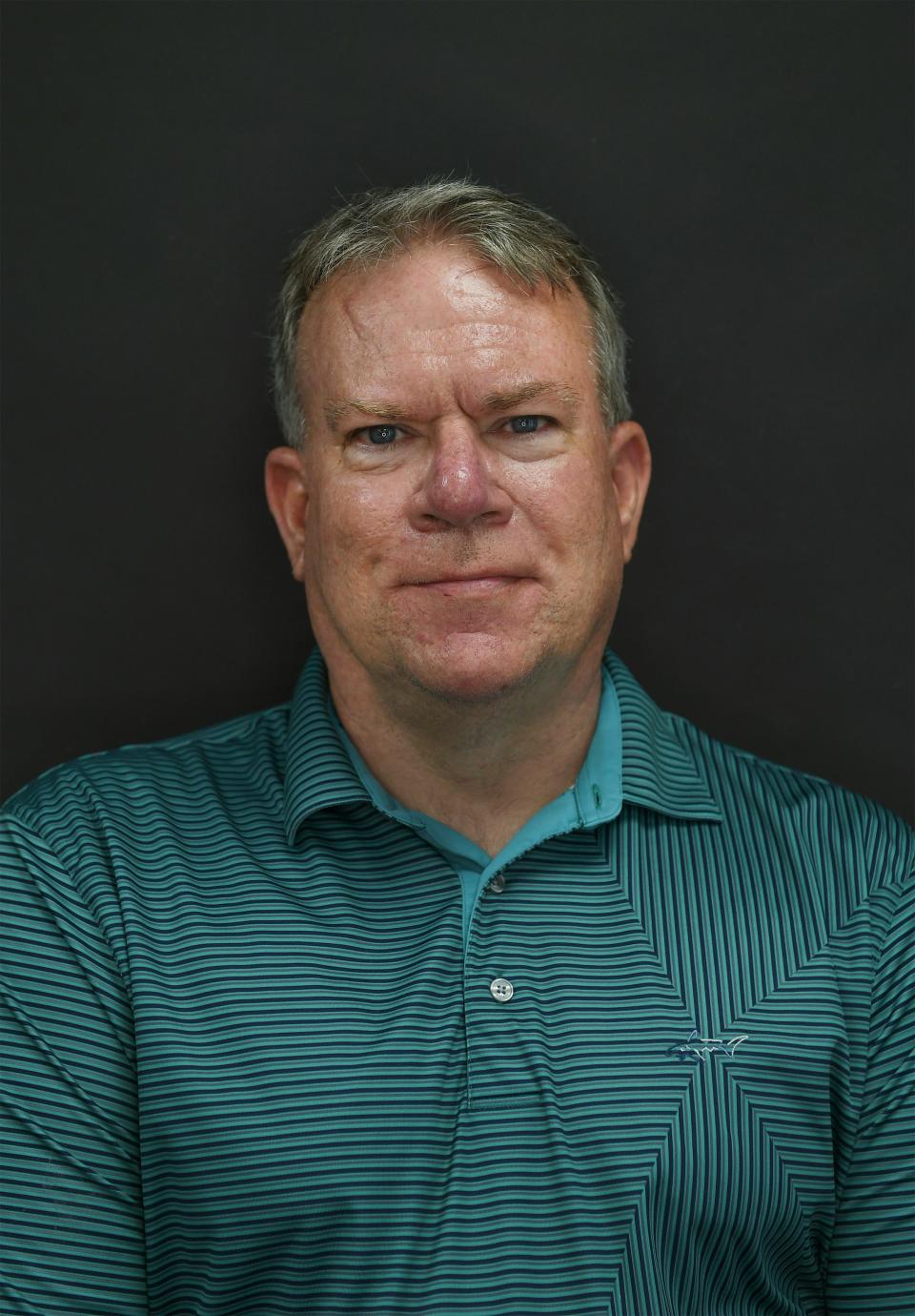Palm Beach County found limit for where growth is allowed. Can Treasure Coast do the same?
It's not too often when something happens in one of the counties south of the Treasure Coast that could serve as an example for responsible growth and development here.
As I mentioned in a previous column, I'm a big fan of Jupiter's Abacoa neighborhood and I believe it would make an excellent model for what Port St. Lucie officials are trying to do with the City Center property near U.S. 1 and Walton Road.
For the most part, though, I regard Palm Beach County's built environment the same way I do a plastic Christmas tree: It's shiny, somewhat functional and takes up space, but without the sort of charm you get with the organic alternative.
Then a few days ago, the Palm Beach County Commission made a decision that's forced me to reevaluate my opinion of the people there and their attitudes toward preserving the natural land they have left. At least a little bit.

After hours of deliberations, the commission decided, by a 4-3 vote, to reject a controversial land swap that would have opened a section of the county's agricultural reserve to development.
It wasn't a decision the commission majority made lightly.
GL Homes, the developer proposing the swap, offered a number of incentives, including a pledge to build a reservoir and affordable housing in exchange for the opportunity to build within the ag reserve.
There were strong feelings on both sides of the issue, which were expressed at the commission's Oct. 24 meeting.
The deal appeared close to approval until two county commissioners, Mack Bernard and Mayor Gregg Weiss, flipped their votes in favor of preserving the land, citing unanswered questions about the developer's plans as their reasons for the "no" votes.

There were a lot of nuances involved, but for me, the most important takeaway was that Palm Beach County found a line it was unwilling to cross when it comes to development. At least for now.
Which raises an obvious question: What limits are Treasure Coast leaders willing to set on development?
As I noted last weekend, Martin County commissioners will soon consider a request to rezone another property near Interstate 95 and Bridge Road for "rural lifestyle" use. This new land-use category, which the commission created last year, allows more intensive residential development within areas previously designated for agriculture.
Also, their counterparts in St. Lucie County will soon decide whether to change the development rules for about 14,000 acres of inland property. If changes are made, you can be sure the push will be to make the rules less restrictive rather than more restrictive.
Are there any corners of our communities our leaders are willing to make off-limits to development? Or will the urban services boundaries set by each county just keep getting expanded farther west, in large chunks or piecemeal, to accommodate builders' wishes to bulldoze the area's remaining agricultural land?
There actually is a lot of it left. According to property appraisal records in each county, about half of Indian River and St. Lucie counties are designated for agricultural purposes. In Martin County, the rural acreage is well over half the total land area.
So if you want to know how bad it could get here, take whatever frustrations you have with traffic and overcrowding and multiply them by two.

Look, I understand property rights. If someone buys a piece of property, he or she ought to be able to develop it consistent with whatever land-use rules were in place at the time of the purchase. But increasing the intensity of development by so-called "up zoning"? Well, that's a different question.
Each community ought to be able to set its own limits on how much development its residents want. Some may want to get every bit of development, and the accompanying tax dollars, they can squeeze out of the available land.
Other communities might want to take a more conservative approach to growth, with the burden on developers to demonstrate why land-use changes would be beneficial, rather than placing the onus on neighborhood residents to show why they're not.
I'm not suggesting Palm Beach County has reached some kind of turning point in its development patterns that can never be reversed.
Next time developers propose an incursion into the ag reserve area ― and I'm guessing it will only be a matter of time before that happens ― the outcome could be different. Flipping one commissioner may not be a heavy lift politically, particularly since the community sentiment seemed divided on the GL Homes proposal.

But at least for now, the commission majority has drawn a line in the sand and said, in essence, off-limits property should remain off limits.
It's a simple-sounding concept. A beautiful concept, even.
State lawmakers are holding committee meetings this fall in preparation for next year's legislative session. I have my doubts there will be be many, if any, bills proposed to free city and county governments from some of the shackles placed on them by the state with regard to development.
Our Legislature doesn't like getting mandates from the federal government, but apparently sees no hypocrisy in imposing its political will on cities that are supposed to have home rule powers.
Maybe next year will be different. Like a flower blooming in the desert, maybe Palm Beach County's decision to protect its ag reserve is a sign of better days ahead.
This column reflects the opinion of Blake Fontenay. Contact him via email at bfontenay@gannett.com or at 772-232-5424.
This article originally appeared on Treasure Coast Newspapers: If Palm Beach County can limit growth, why can't the Treasure Coast?

